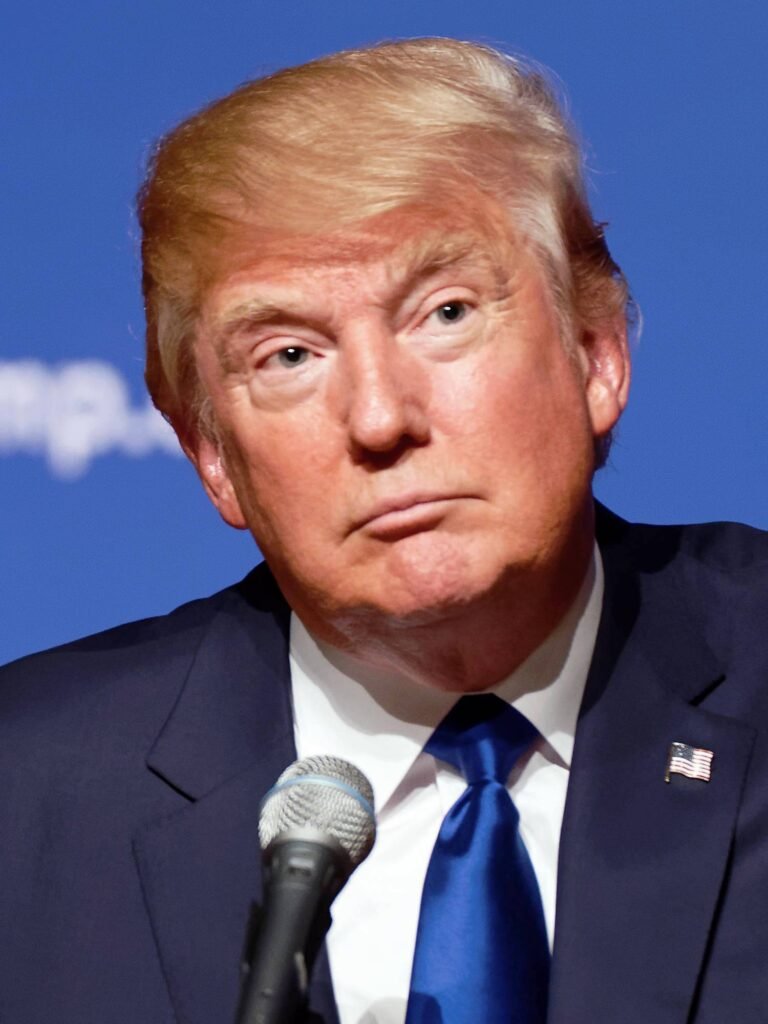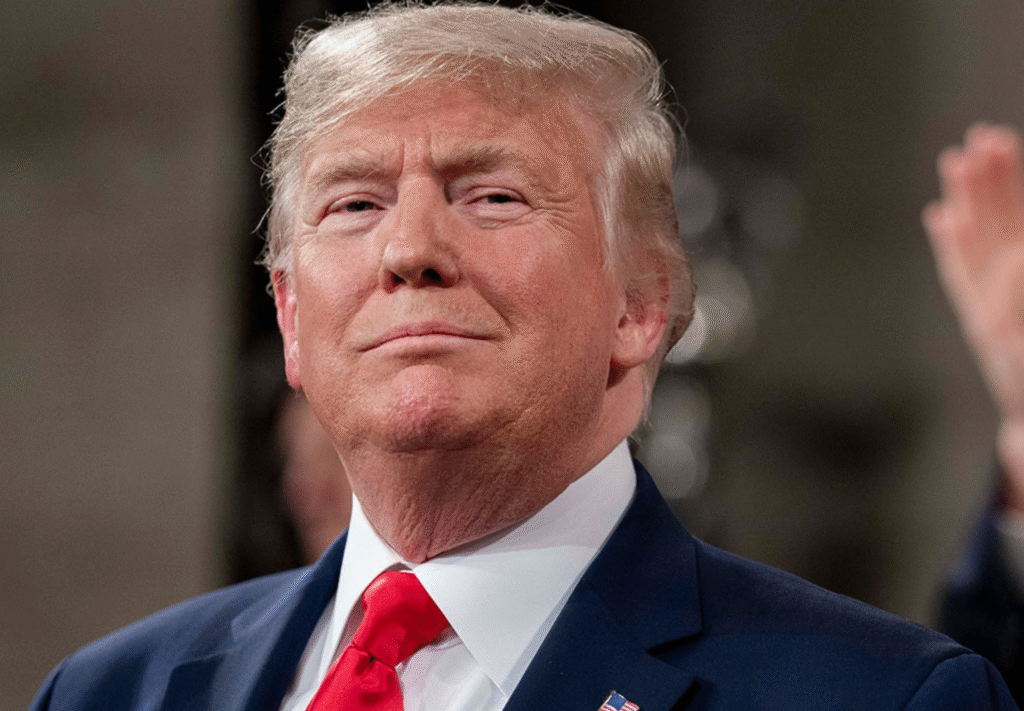World News
Russia’s winter onslaught tests Ukraine’s firepower on January 4, 2024 at 11:00 am
Russia is resuming its winter strategy of pounding Ukraine into submission with missiles and drones — but Kyiv finds itself in a far more tenuous position this year as resources run low and more Western assistance is up in the air.
Russia fired some 500 missiles and drones from Dec. 29 to Jan. 2, according to Ukrainian President Volodymyr Zelensky. While Ukraine is still managing to thwart the majority of the missiles and drones, Russia is slowly breaking through more of the strained air defense systems.
And Ukraine may only have another two months of air defense firepower without additional Western assistance, Ukrainian officials warn.
Matt Duss, executive vice president at the Center for International Policy, said Ukraine will eventually have to “start rationing what supplies they do have” left, endangering the protection of some cities.
“That will force them to make some pretty tough choices with regard to their defenses,” he said. “This has been the Russian strategy all along, to try and wear Ukraine down and to wear down the Western commitment to assisting Ukraine.”
Though Ukraine is facing enormous challenges this winter, Zelensky said Wednesday his nation is unbowed.
“We will surely defeat it,” he said at a ceremony. “Despite all Russia’s missile attacks, despite any intentions of the enemy, we will definitely defend our country.”
With valuable air defense systems, including Patriot systems from the U.S., Ukraine has fended off the brunt of Russian attacks, including hypersonic Kinzhal missiles.
But Russia’s efforts to exhaust a dwindling Ukrainian inventory with mass strikes are also bolstered by a major boost of missile production at home.
The Dec. 29 bombardment was the single largest Russian aerial attack on Ukraine since the war started, according to Ukrainian officials, with at least 30 killed and hundreds injured from Kyiv to the southern city of Odesa.
Ukraine took down 114 of the 158 missiles and drones Russia launched that day.
During a Tuesday strike, Ukraine intercepted 72 out of 99 targets. Five people were killed and dozens wounded in Kyiv and the northeastern city of Kharkiv.
Baltic nations near Ukraine immediately raised the need for more air defenses following the latest attacks.
“Ukrainian air defense works well but Ukraine must get more help,” Latvian President Edgars Rinkēvičs wrote on X, the platform formerly known as Twitter. “New Year’s celebrations are over and the West must get serious and act now.”
Ukrainian officials spoke with the U.S. and the U.K. this week on strengthening air defenses, and Kyiv has called for an emergency meeting with the Western security alliance NATO on the issue.
NATO is heavily reliant on U.S. support to meet defense needs, including for Ukraine assistance. But the alliance said Wednesday it would help allies scale up production to procure 1,000 Patriot missiles, which could free up inventory for Kyiv.
Russian President Vladimir Putin began a mass bombing campaign against Ukraine heading into last year’s winter as well, targeting energy infrastructure in an ultimately failed bid to cow the Ukrainian people into submission.
This year’s assault has a wider focus, more directly targeting military infrastructure to cripple Ukraine, the U.K. Ministry of Defense said in an intelligence update. Russia committed a significant proportion of its missile stocks to attacking Ukraine from Dec. 29 to Jan. 2, U.K. analysts added.
Despite initial challenges with Western sanctions, Russia has learned to evade them, boosting its wartime economy and increasing missile production. It is now producing up to 100 long-range missiles a month.
And Moscow may be getting smarter with targeting Ukraine in its aerial attacks.
The Institute for the Study of War assessed a “notable recent increase” in Russia’s Shahed drones penetrating Ukrainian air defenses on the night of Dec. 29 and on Dec. 31, which could be due to more strategic firing or covert operations.
Matthew Schmidt, associate professor of national security and political science at the University of New Haven, said Russia is spending “millions of dollars to create one Ukrainian casualty” but warned that was part of a strategy to swarm Ukraine.
“That’s why Russia engaged in the kind of attack that they did, trying to overwhelm Ukrainian air defenses and suck up those missiles,” and to “force Ukraine to fire the ammunition that they have and deplete them,” Schmidt said.
Across the front line, fighting has slowed down, and neither side is making any crucial advances, with no major developments expected in the coming weeks. Russia is assaulting the town of Avdiivka in the eastern Donetsk region, but Moscow is taking heavy losses for incremental gains.
By decreasing the power of Ukraine’s air defenses, however, Putin will be positioned for a stronger offensive, according to the Royal United Services Institute.
Brock Bierman, a visiting senior fellow at the German Marshall Fund, also said Putin will seize on the delay of further Western assistance to Ukraine.
“I would not be surprised if Putin took any tactical advantage over the next several months because of what’s going on,“ he said. “The longer the assistance takes to pass through Congress, the more it feeds into his calculation.”
Already, Ukraine’s air defense munitions and artillery shells are running low. Ukraine is starting up its own production of the critical defense munitions, but that could take years to fully come online.
In the U.S., Congress remains ensnared in talks on the U.S.-Mexico border, which will be tied to any future Ukraine aid package. The European Union, too, has not moved on a more than $50 billion package after Hungary blocked it.
Pentagon press secretary Maj. Gen. Pat Ryder said at a briefing before the holiday break that Congress must act to support Ukraine.
“Look at the situation that Ukraine finds itself in,” he said. “We will obviously continue to support them. But it is imperative that we have the funds needed to ensure that they get the most urgent battlefield capabilities that they require.”
Peter Dickinson, editor of the Atlantic Council’s UkraineAlert blog, warned of a “very real danger that Ukraine could exhaust its existing stocks of air defense ammunition in the coming weeks.”
“The consequences of a collapse in Ukraine’s air defenses would be catastrophic,” Dickinson wrote in an analysis, predicting thousands of Ukrainian casualties from a single wave of Russian attacks in the event of a collapse.
“As long as Western leaders insist on restricting Ukraine’s ability to strike back at Russia,” he added, “Ukrainian commanders will be forced to fight the air war with a shield but no sword.”
In a New Year’s interview with The Economist, Zelensky said Western partners should stand behind Ukraine or remove themselves from the conflict.
“If you don’t have the strength, then either get out or step aside,” he added. “We will not retreat.”
Russia is resuming its winter strategy of pounding Ukraine into submission with missiles and drones — but Kyiv finds itself in a far more tenuous position this year as resources run low and more Western assistance is up in the air. Russia fired some 500 missiles and drones from Dec. 29 to Jan. 2, according…
News
US May Completely Cut Income Tax Due to Tariff Revenue

President Donald Trump says the United States might one day get rid of federal income tax because of money the government collects from tariffs on imported goods. Tariffs are extra taxes the U.S. puts on products that come from other countries.

What Trump Is Saying
Trump has said that tariff money could become so large that it might allow the government to cut income taxes “almost completely.” He has also talked about possibly phasing out income tax over the next few years if tariff money keeps going up.
How Taxes Work Now
Right now, the federal government gets much more money from income taxes than from tariffs. Income taxes bring in trillions of dollars each year, while tariffs bring in only a small part of that total. Because of this gap, experts say tariffs would need to grow by many times to replace income tax money.
Questions From Experts
Many economists and tax experts doubt that tariffs alone could pay for the whole federal budget. They warn that very high tariffs could make many imported goods more expensive for shoppers in the United States. This could hit lower- and middle‑income families hardest, because they spend a big share of their money on everyday items.
What Congress Must Do
The president can change some tariffs, but only Congress can change or end the federal income tax. That means any real plan to remove income tax would need new laws passed by both the House of Representatives and the Senate. So far, there is no detailed law or full budget plan on this idea.

What It Means Right Now
For now, Trump’s comments are a proposal, not a change in the law. People and businesses still have to pay federal income tax under the current rules. The debate over using tariffs instead of income taxes is likely to continue among lawmakers, experts, and voters.
News
Epstein Files to Be Declassified After Trump Order

Former President Donald Trump has signed an executive order directing federal agencies to declassify all government files related to Jeffrey Epstein, the disgraced financier whose death in 2019 continues to fuel controversy and speculation.
The order, signed Wednesday at Trump’s Mar-a-Lago estate, instructs the FBI, Department of Justice, and intelligence agencies to release documents detailing Epstein’s network, finances, and alleged connections to high-profile figures. Trump described the move as “a step toward transparency and public trust,” promising that no names would be shielded from scrutiny.
“This information belongs to the American people,” Trump said in a televised statement. “For too long, powerful interests have tried to bury the truth. That ends now.”
U.S. intelligence officials confirmed that preparations for the release are already underway. According to sources familiar with the process, the first batch of documents is expected to be made public within the next 30 days, with additional releases scheduled over several months.
Reactions poured in across the political spectrum. Supporters praised the decision as a bold act of accountability, while critics alleged it was politically motivated, timed to draw attention during a volatile election season. Civil rights advocates, meanwhile, emphasized caution, warning that some records could expose private victims or ongoing legal matters.
The Epstein case, which implicated figures in politics, business, and entertainment, remains one of the most talked-about scandals of the past decade. Epstein’s connections to influential individuals—including politicians, royals, and executives—have long sparked speculation about the extent of his operations and who may have been involved.

Former federal prosecutor Lauren Fields said the release could mark a turning point in public discourse surrounding government transparency. “Regardless of political stance, this declassification has the potential to reshape how Americans view power and accountability,” Fields noted.
Officials say redactions may still occur to protect sensitive intelligence or personal information, but the intent is a near-complete disclosure. For years, critics of the government’s handling of Epstein’s case have accused agencies of concealing evidence or shielding elites from exposure. Trump’s order promises to change that narrative.
As anticipation builds, journalists, legal analysts, and online commentators are preparing for what could be one of the most consequential information releases in recent history.
Politics
Netanyahu’s UN Speech Triggers Diplomatic Walkouts and Mass Protests

What Happened at the United Nations
On Friday, Israeli Prime Minister Benjamin Netanyahu addressed the United Nations General Assembly in New York City, defending Israel’s ongoing military operations in Gaza. As he spoke, more than 100 delegates from over 50 countries stood up and left the chamber—a rare and significant diplomatic walkout. Outside the UN, thousands of protesters gathered to voice opposition to Netanyahu’s policies and call for accountability, including some who labeled him a war criminal. The protest included activists from Palestinian and Jewish groups, along with international allies.

Why Did Delegates and Protesters Walk Out?
The walkouts and protests were a response to Israel’s continued offensive in Gaza, which has resulted in widespread destruction and a significant humanitarian crisis. Many countries and individuals have accused Israel of excessive use of force, and some international prosecutors have suggested Netanyahu should face investigation by the International Criminal Court for war crimes, including claims that starvation was used as a weapon against civilians. At the same time, a record number of nations—over 150—recently recognized the State of Palestine, leaving the United States as the only permanent UN Security Council member not to join them.
International Reaction and Significance
The diplomatic walkouts and street protests demonstrate increasing global concern over the situation in Gaza and growing support for Palestinian statehood. Several world leaders, including Colombia’s President Gustavo Petro, showed visible solidarity with protesters. Petro called for international intervention and, controversially, for US troops not to follow orders he viewed as supporting ongoing conflict. The US later revoked Petro’s visa over his role in the protests, which he argued was evidence of a declining respect for international law.

Why Is This News Important?
The Gaza conflict is one of the world’s most contentious and closely-watched issues. It has drawn strong feelings and differing opinions from governments, activists, and ordinary people worldwide. The United Nations, as an international organization focused on peace and human rights, is a key arena for these debates. The events surrounding Netanyahu’s speech show that many nations and voices are urging new action—from recognition of Palestinian rights to calls for sanctions against Israel—while discussion and disagreement over the best path forward continue.
This episode at the UN highlights how international diplomacy, public protests, and official policy are all intersecting in real time as the search for solutions to the Israeli-Palestinian conflict remains urgent and unresolved.

 Entertainment2 weeks ago
Entertainment2 weeks agoWicked Sequel Disappoints Fans: Audience Verdict on For Good

 News4 weeks ago
News4 weeks agoYolanda Adams Questions Traditional Views on God’s Gender, Audience Reacts

 Entertainment2 weeks ago
Entertainment2 weeks agoAriana & Cynthia Say They’re in a ‘Non‑Demi Curious, Semi‑Binary’ Relationship… WTF Does That Even Mean?

 News3 weeks ago
News3 weeks agoEpstein Files to Be Declassified After Trump Order

 News4 weeks ago
News4 weeks agoTrump Throws Epstein Files at Clinton’s Door

 Entertainment4 weeks ago
Entertainment4 weeks agoAriana Grande’s Red Carpet: When Fans Forget Boundaries

 Entertainment4 weeks ago
Entertainment4 weeks agoHollywood’s Kiss or Miss Policy: Why Saying No Got Neal McDonough Blackballed

 Entertainment3 weeks ago
Entertainment3 weeks agoJimmy Cliff, Reggae Legend and Star of ‘The Harder They Come,’ Dies at 81



























